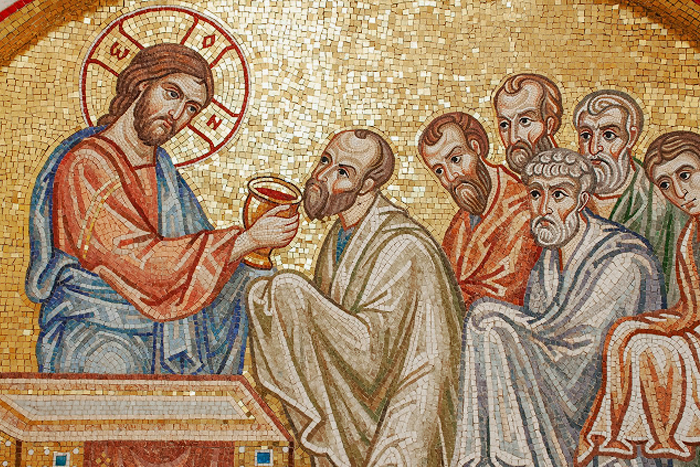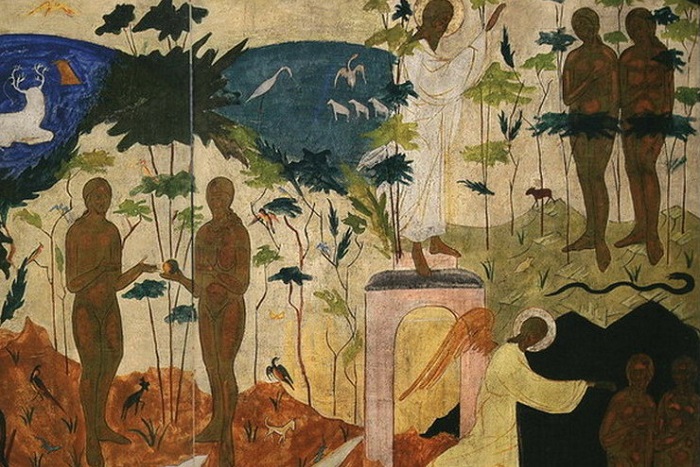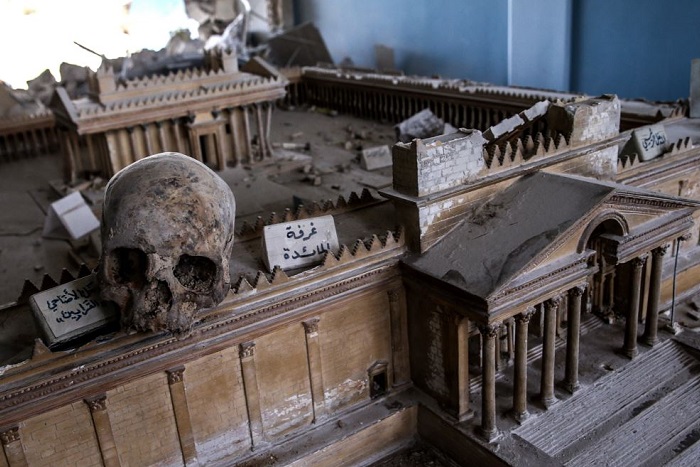
1. Dead Sea Scrolls
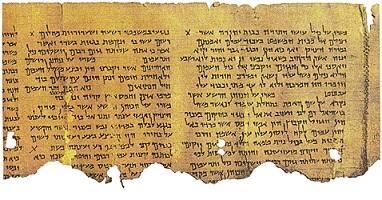
The initial seven well-preserved manuscripts were discovered by several Bedouin shepherds and then subjected to scholarly research in 1947. In subsequent years (1948–1952), researchers found or bought from the Bedouins ca. twenty-five thousand of fragments, which have been compiled together into about 1000 texts by now. The manuscripts were found in eleven caves located at various distances from the ruins of Qumran site, northwest of the Dead Sea. Most likely, the manuscripts were hidden during the first Judaean uprising against the Romans (66 – 71). Those who hid the manuscripts had wrapped them in pieces of linen cloth and put them into sealed vessels. The manuscripts are dated mid-3rd century BC – mid-1st century AD.
The majority of the texts are in Hebrew, some are in Aramaic, some in Greek. Most texts are written on parchment and sporadically on papyrus. A bronze scroll is a notable exception. About ¼ of the scrolls contain the biblical text, while the rest contain various religious hymns and instructions.
Qumran discoveries prove: Old Testament books are really old. They are not later fakes (as some scholars had claimed more than once). Besides, it became clear that the Masoretic variant of the Hebrew text wasn’t the only one. The translation from Hebrew into Greek made by the Seventy Elders (the so-called Septuagint), which our Slavonic translation is based on, among other translations, turns out to contain authentic readings of an early variant.
2. The Tel Dan Stela
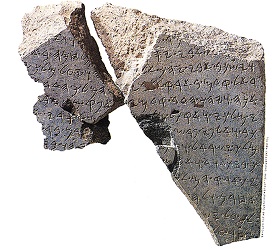
Three fragments of the Stela were found in Tel Dan by Biran in 1993-1994. The Stela dates back the 2nd half of the 9th century or early 8th century BC. It was erected to mark a triumph of a certain Syrian king (possibly Hazael) over the kings of Israel and Judah.
The latter king is titled “the King from the House of David”, which proves that the Davidic dynasty really existed.
3. Silver Scroll Amulets with Blessings
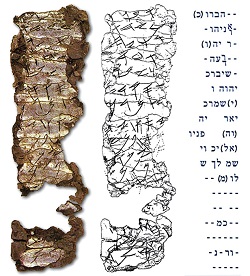
Two small silver scrolls (1,06×3,82 in and 0,43×1,54 in), allegedly used as amulets, were found by Gabriel Barkay in 1979 in a burial site near Jerusalem. One of the scrolls contains a text similar to the text of Aaron’s (priestly) blessing: The Lord bless thee, and keep thee: The Lord make his face shine upon thee, and be gracious unto thee: The Lord lift up his countenance upon thee, and give thee peace. (Numbers 6: 24-26). The other scroll has a text, which is practically identical to the following Deuteronomy verses: Know therefore that the Lord thy God, he is God, the faithful God, which keepeth covenant and mercy with them that love him and keep his commandments to a thousand generations (Deuteronomy 7:9). These scrolls were written around 600 BC. They prove the widespread use of the Pentateuch in the 7th century BC.
4. Khirbet Qeiyafa Ostracon
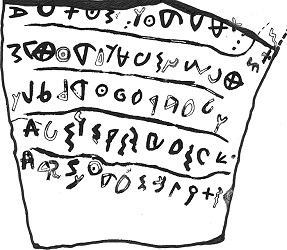
Excavations at Khirbet Qeiyafa under the supervision of Yosef Garfinkel in 2009 resulted in the finding of the most ancient inscription in Hebrew, dated 10th century BCE.
The inscription is made on the potsherd in blue Proto-Canaanite letters. The text is drastically different from the texts of pagan cultures that praise gods and aim to please them. “You shall not do [it], but worship (the god) [El] Judge the sla[ve] and the wid[ow] / Judge the orph[an] [and] the stranger. [Pl]ead for the infant / plead for the po[or and] the widow. Rehabilitate [the poor] at the hands of the king Protect the po[or and] the slave / [supp]ort the stranger” – that is the proposed translation of the text of the Khirbet Qeiyafa ostracon. There is an almost identical verse in the Book of Isaiah, Relieve the oppressed, judge the fatherless, plead for the widow. (Is. 1:17).
5. Deir Alla Inscription
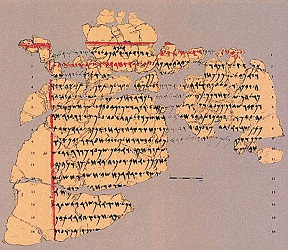
The Deir ‘Alla Inscription (or Bal’am Son of Be’or Inscription) was discovered during a 1967 excavation in Deir ‘Alla, Jordan. It was written on pieces of plaster that fell from the walls of the 8th-century BC sanctuary during an earthquake.
The text itself has an earlier origin. Linguistic analysis of the inscription in Aramaic shows that it had been written in the end of the 2nd millennium BC.
The inscription tells the story of Bal’am Son of Be’or. Its contents have nothing in common with the biblical story of Balaam as narrated in Numbers 22-24 but some of the characteristics of the ‘seer’ match his description in the Bible to a tee. That inscription is an extra-Biblical evidence of Balaam’s historicity.
Translated by The Catalog of Good Deeds

